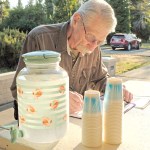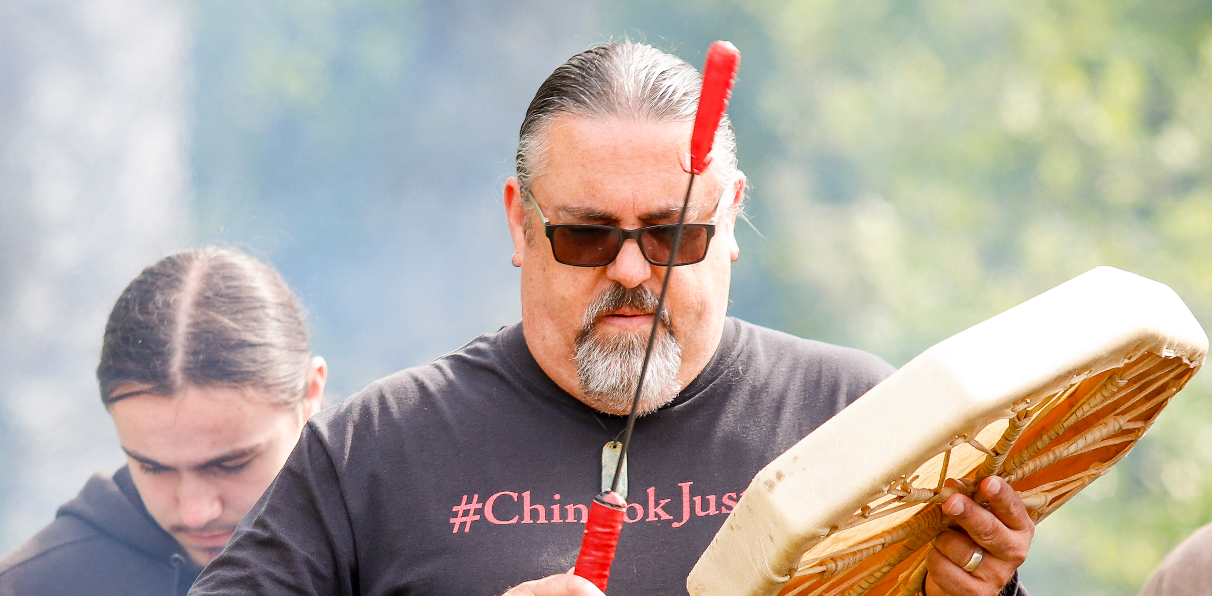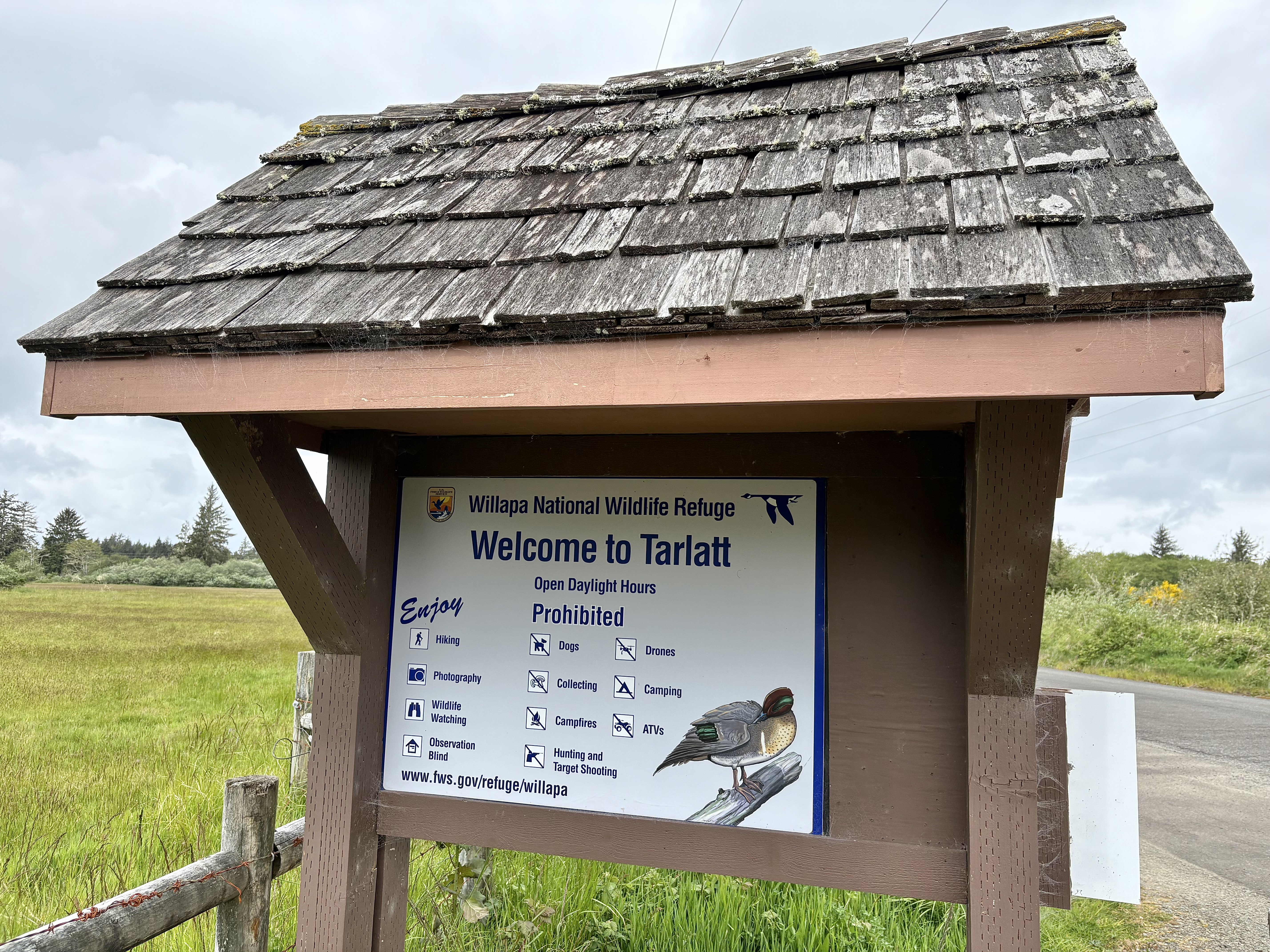Steep, rocky path for logging opponents: Some in Naselle seek way to preserve watershed
Published 3:00 pm Tuesday, July 29, 2025


NASELLE — After months of grassroots organizing and multiple meetings with state officials and legislators, a group of Naselle residents who oppose the state’s plans to log a portion of the watershed that supplies their drinking water have now received both good and bad news.
The good news to the concerned citizens is that the Washington State Department of Natural Resources has agreed to postpone the Lane Creek timber sale by at least two years. The sale’s 105 harvestable acres represent about 60% of the harvestable acreage of the original Fields Fir timber sale, which first encountered significant community pushback last spring.
“Steve [Ogden] and I have paused…the original timber sale timeline to allow for the community input and conversation that has been happening,” wrote Scott Sargent, region manager for the DNR’s Pacific Cascade Region, to Naselle Water Company board member Elaine Rockney earlier this month.
Trending
“As Steve and I are rescheduling the sale we will place it at a date following the 2027 legislative session. Timber harvest permitting… may occur prior to the end of session but the auction sale date will be scheduled for after the session.”
The bad news…
The bad news, as Naselle resident Natasha Crater learned in a meeting with staff from the agency’s land transactions team, is that available methods for getting the watershed out of the harvest rotation are limited and logistically complex, and that the primary strategy the community had intended to pursue is probably unfeasible.
Up until last Wednesday’s meeting with the DNR, Crater and other organizers of the effort to cancel the sale had considered the Trust Land Transfer process to be their best shot. The process would entail finding a “receiving agency” — either a federally recognized tribe or some public agency — that would agree to take over the parcel, formally nominating it for transfer, and then waiting for the DNR to confirm its eligibility. From there, an eligible parcel would be ranked and prioritized relative to other nominated parcels by an external advisory committee.
However, even highly prioritized parcels may not ultimately change hands if the state legislature does not approve sufficient funding with which to compensate the DNR for their transfer. Of the eight parcels the advisory committee and Board of Natural Resources formally approved for trust land transfer during the current biennium, the legislature only funded four during its 2025 session.
Not eligible
Trending
The Lane Creek watershed would almost certainly not make it onto such a list of approved transfers. It would probably not even be deemed eligible for transfer in the first place, for the simple reason that it is not “economically underperforming” — a key criterion for any nominated parcel.
In other words, the DNR has little incentive to reposition any piece of state trust land that is capable of producing revenue for trust beneficiaries, to whom the agency has a fiduciary duty — a formal legal responsibility.
With the trust land transfer process likely off the table, the residents’ remaining options are a land exchange between the DNR and a public or private entity, or a direct transfer from the DNR to another public agency. The former amounts to a land-for-land exchange, in which whatever parcel the DNR receives would need to be of equal or greater value to the portion of the Lane Creek watershed being exchanged. The latter amounts to a land-for-money deal, which would allow the agency to purchase replacement lands elsewhere. Either way, the DNR remains obligated to keep the value of its trusts whole. This means ensuring certain, set-aside acres in the Lane Creek watershed continue to be managed in compliance with the terms of its Habitat Conservation Plan — regardless of who ends up doing that management.
Both mechanisms promise to entail a significant logistical and fiscal lift, and as Crater put it in an email to state Sen. Jeff Wilson (R-Longview), what the residents now need is, “in short, money.”
“Money will talk. We will look within the community and beyond to find it,” she said.
Risks of logging
If the DNR’s bottom line is the intactness of its trust lands, then the bottom line for a significant portion of the community is the adequate mitigation of whatever risks logging poses to its watershed.
Catastrophic landslides are possible on the steep slopes of the upper Lane Creek watershed. Some degree of erosion and a corresponding increase in water turbidity, on the other hand, are virtually certain. And the Naselle Water Company would, in all likelihood, need to compensate for this through extra labor and treatment of the water it serves to its clients.
To some in the community, no amount of risk to the water quality is acceptable.
“We don’t want to debate riparian buffers anymore,” said Crater. “We need to know what mechanism is available to get this land out of trust. This system is not working for our community and we are asserting our right to exist in a small town with good water that doesn’t cost more than we can afford or taste like it came from a swimming pool.”
And it would seem that a growing number of people in the community agree with this perspective. A Change.org petition Crater started several weeks ago garnered 345 signatures as of last Thursday night, with 60% coming from the Naselle and Deep River areas, along with the Long Beach Peninsula.
Other positions
Others remain somewhat more open to the possibility of logging, but want to know what contingency plans are in place should the worst happen and whether the agency would foot the bill for any of them.
Still others have reminded the community that given the precautions the DNR is taking, along with the prior history of logging in the watershed, there is always a possibility that the effect on the water quality may be negligible.
“If it didn’t slide [or] fail [during] the original harvest, my opinion is with the precautions being taken it’s not likely to fail in this case,” wrote long-time logger and Naselle resident David Johnson in a Facebook group dedicated to the cause of keeping the Lane Creek watershed forested. “I just want folks to know that the DNR isn’t the enemy.”
And yet, in spite of this undeniable heterogeneity of public opinion, hardly anybody in Naselle seems eager to see the watershed logged and the proceeds sent to a faraway trust beneficiary — in this case, the University of Washington.
Whether that bottom line stems from common sense, gut instinct, or a combination of both, it is ultimately irreconcilable with the state’s.
As a document from the Pacific Conservation District, assessing the feasibility of the district becoming the parcel’s receiving agency, put it: “DNR is not wrong or irresponsible in planning a harvest here and the citizens of Naselle are not wrong or irresponsible to want limits on management impacts within their drinking water watershed.”
Riley Yuan is a Murrow News Fellow, part of an innovative state-funded program operated under auspices of Washington State University to reinforce local news around the state. At the Observer, Yuan is focusing on coverage of environmental, natural resource, social and regulatory factors that influence overall community health. His reporting is available for use via Creative Commons with credit.











